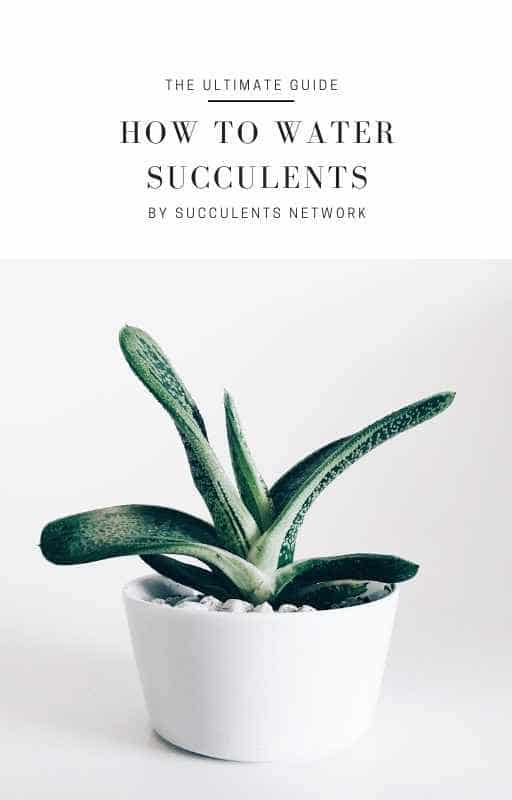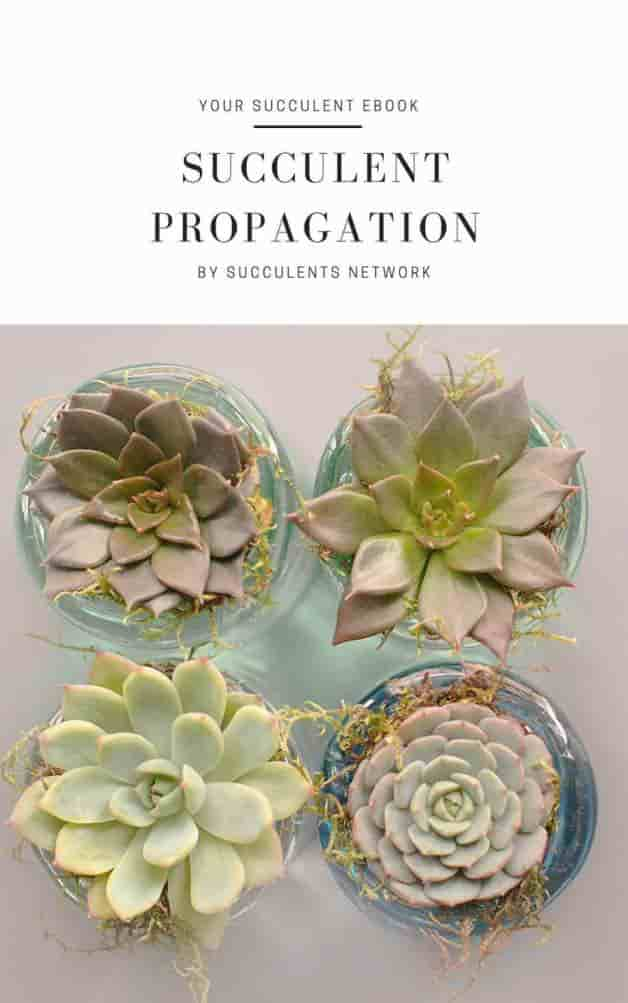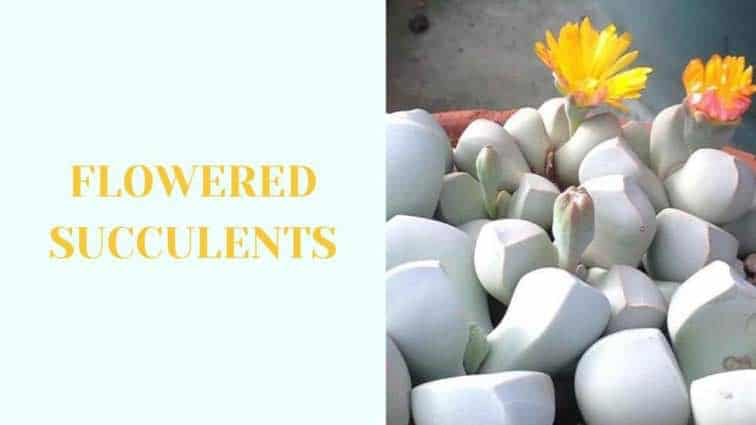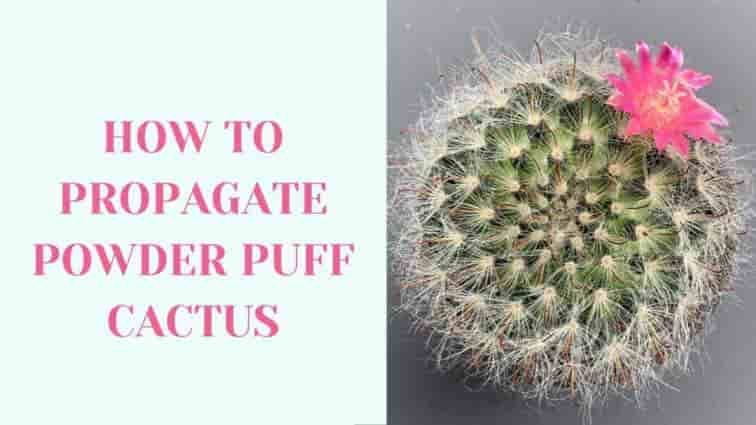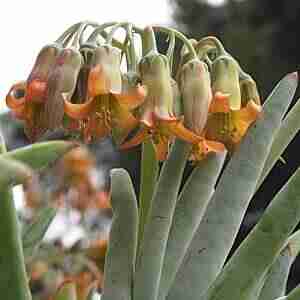
Picture via smgrowers
Basic Info
Cotyledon Orbiculata Var. Oblonga is often known as Finger Aloe. When the plant grows the first thing that you will notice are the large clumps that the plant creates from the stems lower parts. Most notable feature when looking at the plant are the beautiful silver to white gray-green leaves. The succulent is an ideal addition to keep in your garden if you want to have a more colourful plant in your collection. When the plant flowers it is known to produce orange flowers.
Scientific Classification
Family: Crassulaceae
Subfamily: Sedoideae
Genus: Cotyledon
Care and Propagation Information
Watering
Cotyledon Orbiculata Var. Oblonga can be quite beautiful when it is well-taken care of. This succulent type needs typical watering as the other succulents. The watering method is very important to keep your plant healthy. It should not sit on the water, and an excess amount of water should be avoided. The best way of watering is soak and dry method this succulent. Yet, the succulent should be controlled to avoid overwatering.
General Care for Cotyledon Orbiculata Var. Oblonga
This succulent type is a unique one that blooms in the spring. When it blooms, you will enjoy orange flowers. It is a nice addition to your collection of plants especially if you have it displayed in a beautiful pot.
This page contains affiliate links.
Quick Facts:
- Prefers full sun
- Can be grown outdoor
- Can die easily if overwatered see: How to Water Succulent Plants
- Does not handle cold well
- Prefers Zone 9b-11b -3.9°C (25°F)
- Best propagated by offsets or seeds
- Flowers are orange
Where to Plant
Cotyledon Orbiculata Var. Oblonga succulents need strong light. When planting this succulent type in a garden, make sure it gets sunlight. Full to partial sun is the best for its growth. It is better to grow outdoor rather than indoor.
This type of succulent prefers a warm climate. It can survive at zone 9b-11b which is around -3.9°C (25°F). If you live in a cold area, it is better to plant in an indoor environment. As long as it gets enough sunlight, the plant will grow happily.
When selecting what pot to use be sure that you understand the difference between the material used (See our guide on how to pick the best plant pot).
How to Propagate Cotyledon Orbiculata Var. Oblonga
Cotyledon Orbiculata Var. Oblonga can be propagated by offsets or seeds. This succulent type does not require repotting often. Of course, the first-time repotting is essential when it is bought from the store. You can learn all about How To Repot Succulents in our guide.
Like all the other succulent types, a well-drained soil mixture is essential. If you want to know about well-drained soil mixtures, check How to Prepare Well-drained Soil for Succulent Plants.
How to Propagate Cotyledon Orbiculata Var. Oblonga From Offsets
Cotyledon Orbiculata Var. Oblonga propagates from offsets. To be able to propagate from the mother plant, you might wait several years for the main plant to produce an offset. To start this process, use a sharp knife and remove an offset from the main plant. When you remove the offset, clean the extra soil from it. Before replanting, wait for a few days to allow it to callous. Use well-draining soil for your new succulent plant. Don’t forget to water when the soil dries out.
How to Propagate Cotyledon Orbiculata Var. Oblonga Using Seeds
This succulent type is a slow grower so even if it can be propagated by its seeds, this method is not recommended. To propagate from the seeds, plant the seeds in a well-draining soil mixture. This method can be used outdoors. In cooler areas, indoor propagating is recommended.

